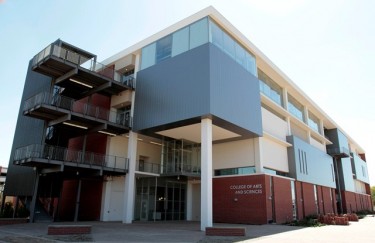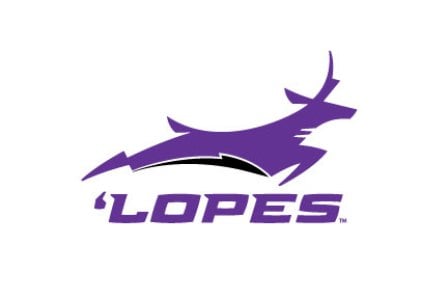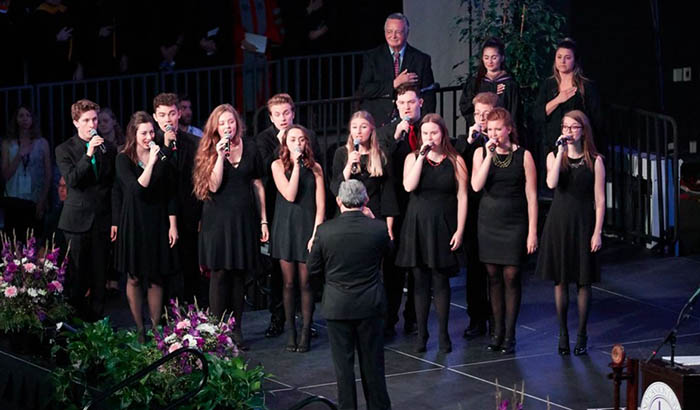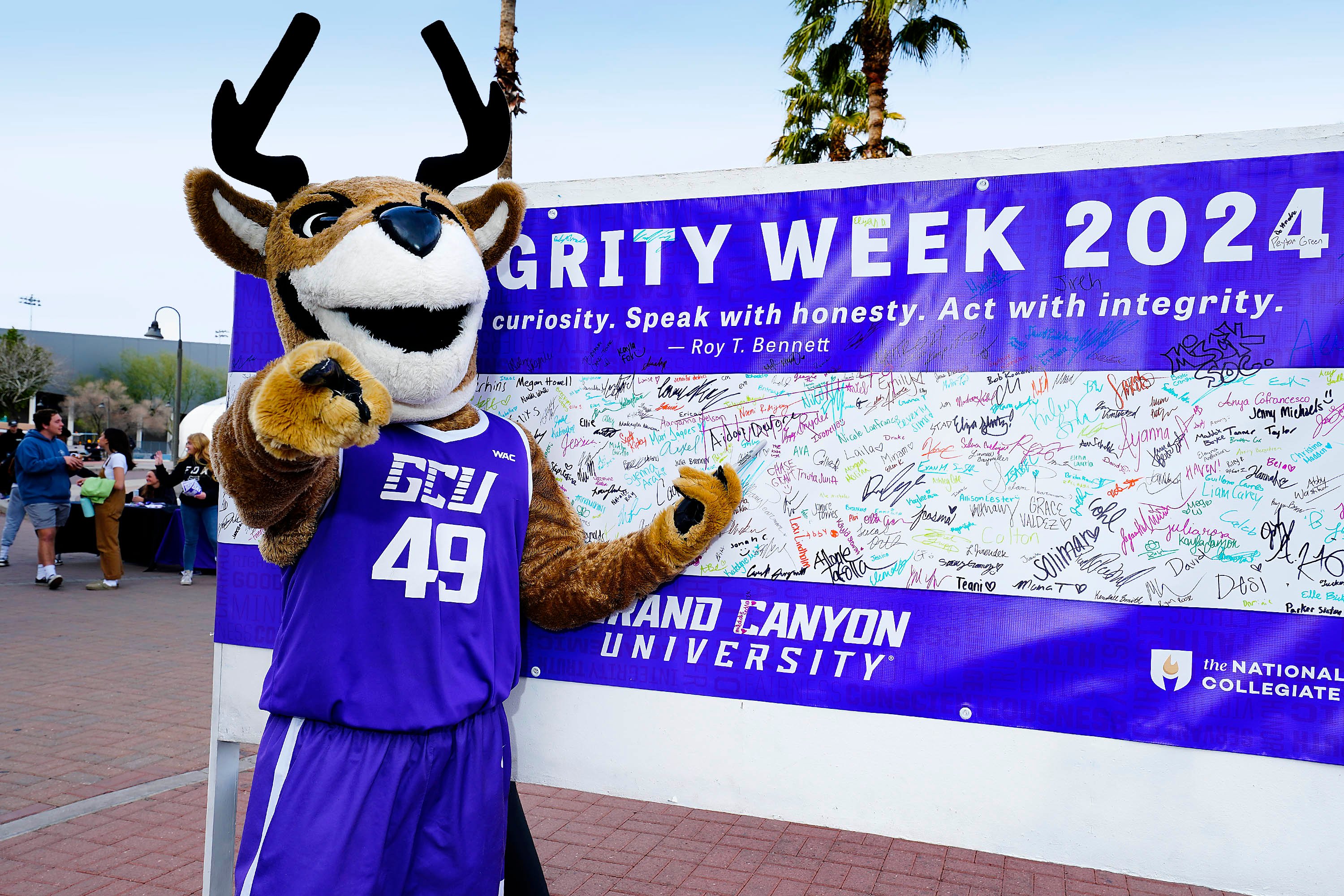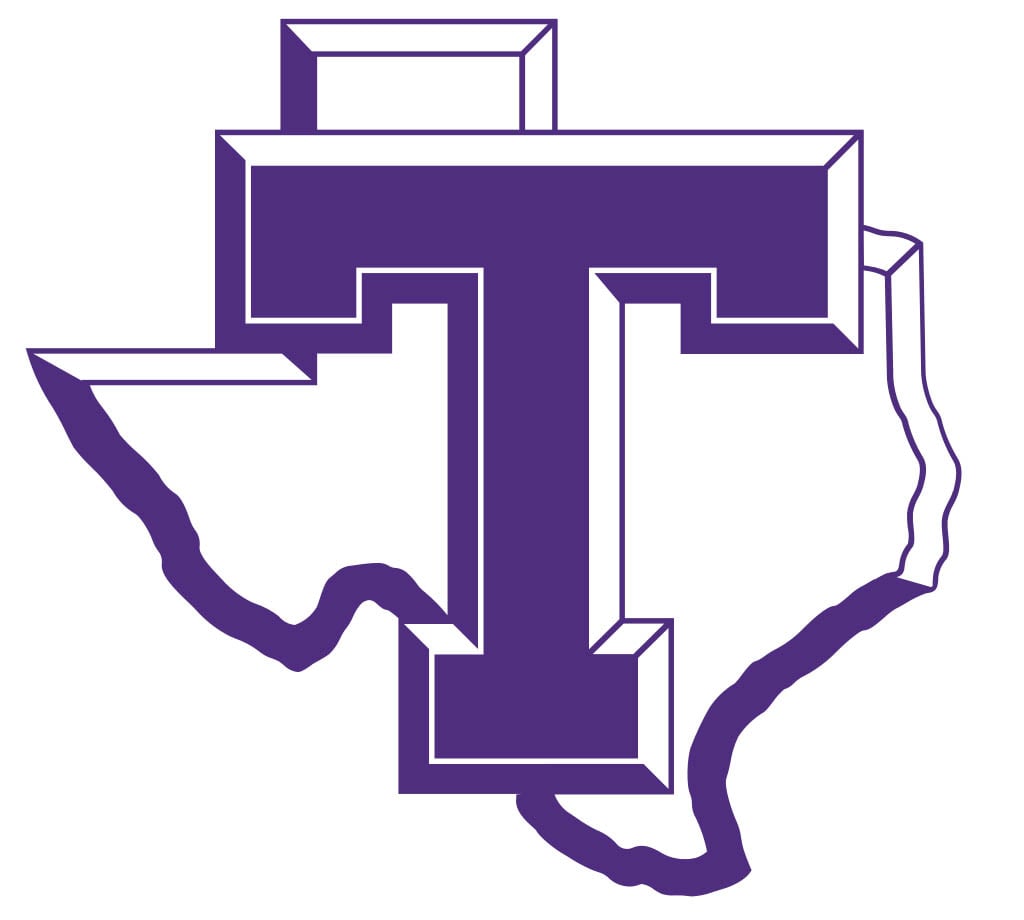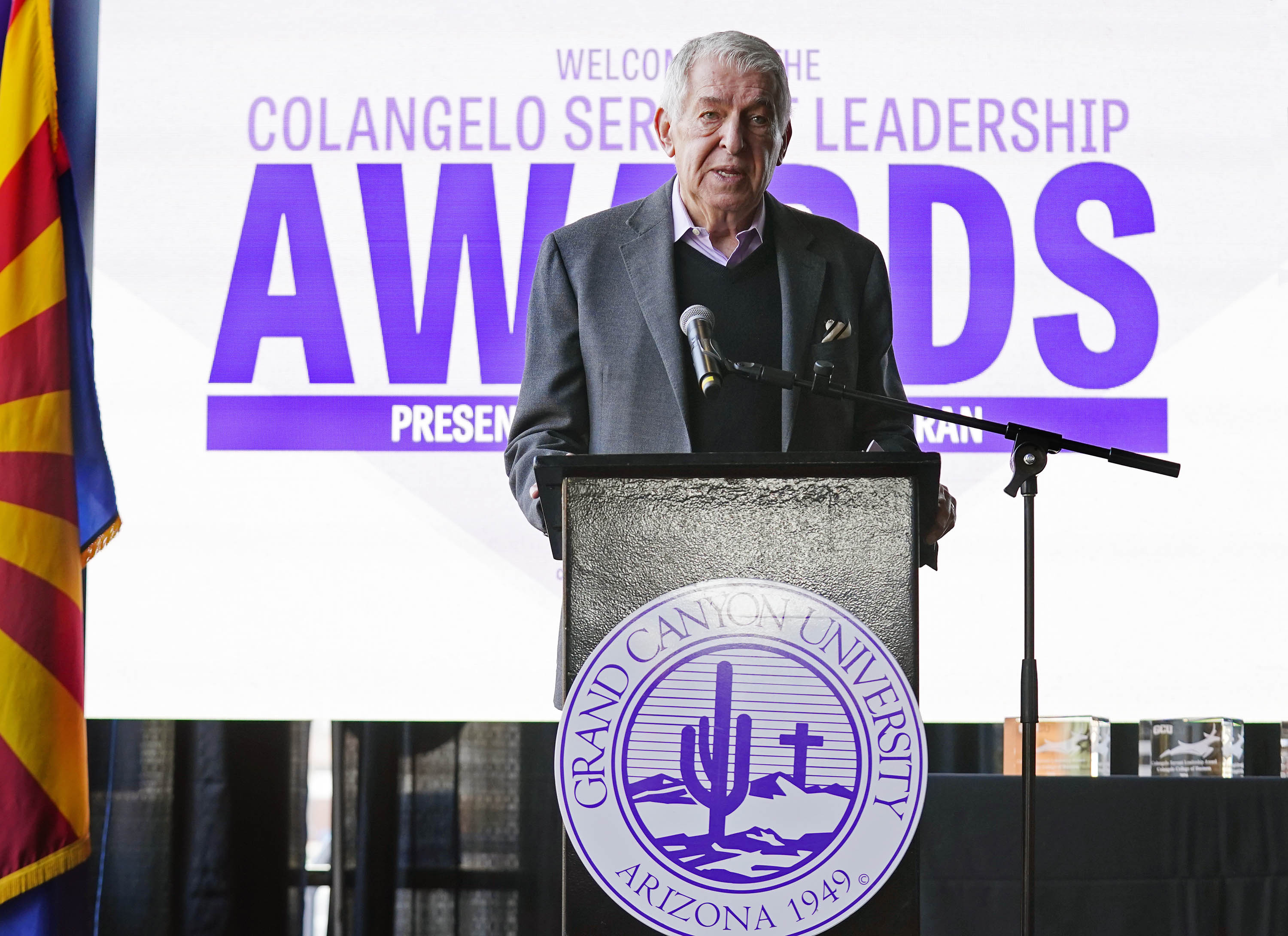By Doug Carroll
GCU Today Magazine
It’s not the California Gold Rush, although it seems like a higher-education version of it.
The Golden State, which enrolls a full tenth of the country’s public four-year college students, has been slashing funding for its universities in the wake of declining tax revenues. The result has been steep increases in tuition that the state’s governor, Jerry Brown, says are unsustainable.
The estimated cost for California residents to attend a school in the University of California system for 2012-13 is $26,500, which includes tuition and room and board. For the state’s private colleges and universities, tuition alone runs at least that much. For example, Point Loma Nazarene University in San Diego charges tuition of $30,000.
Seeing opportunity, Grand Canyon University has stepped up – and staffed up – its efforts to show California high school students that they can receive a private, Christian education at affordable rates. Last year, the University had four representatives in all of California; this year, there are 18, and they’re offering a package of $18,000 per year (for tuition and room and board) to students with a minimum 3.0 grade-point average.
The strategy seems to be producing results. Last year, GCU had 240 new students from California. In the fall, it is expecting almost three times that many.
“The word is out,” said Sarah Boeder, GCU’s executive vice president of operations. “When I am traveling (in California) and people find out where I work, most of the time they tell me about the commercial they just saw for GCU and how much they liked it. We are being well-received by California residents, and it’s exciting.”
It’s also competitive, but GCU’s pricing is hard to match. Eager to attract more Californians to Arizona’s three public universities, the Arizona Board of Regents recently raised the cap on out-of-state undergraduate students to 40 percent through January 2015. However, tuition and fees this year at Arizona State University for out-of-state undergraduates were $23,000, not including room and board.
Olivia Meek, a senior at Grossmont High School in San Diego, said she can’t wait to get to GCU, where she will be a Servant Scholar and a nursing major in the fall. She considered Point Loma and California Baptist University (in Riverside) before settling on Grand Canyon.
“I’m excited to go somewhere different,” Meek said. “The dorms are nice, and everything seems brand-new.”
GCU has hosted California students at games played by the Antelope men’s and women’s basketball teams in Riverside, Fresno and San Diego. And it has brought students to Phoenix by bus on Fridays for on-campus weekend visits known as “Discover GCU.”
“We receive great feedback from these events, and they will continue through the end of April,” Boeder said.
In an appearance recently on the morning TV show “San Diego Living,” Boeder said one of the show’s anchors told her that his daughter needed to be considering GCU.
“He was thinking of sending her to a private university in California,” she said, “but he said it was too expensive after seeing our price.”
Boeder said that in talking to California students and their parents, GCU representatives emphasize the University’s scholarship program, which takes unweighted GPA and date of registration into consideration. They also show the maximum a student would pay for on- or off-campus housing.
“Most universities are not this transparent,” she said.
Closer to home, GCU is exploring a satellite location in the sector of metropolitan Phoenix known as the East Valley.
In January, representatives of the cities of Tempe, Mesa, Chandler, Gilbert and Queen Creek came to campus to learn of the University’s interest in developing a location that would open in the fall of 2014 with 1,000 traditional and 250 non-traditional students, potentially growing to a total of 7,500 students and 2,000 faculty and staff by 2020.
The University is seeking a site of between 75 and 150 acres.
“We’re open to creating what you see here (in west Phoenix), in an area that’s convenient and accessible,” Brian Mueller, GCU’s president and chief executive officer, told the cities, adding that on-campus housing initially would not be part of the plans.
Noting that more than 70 percent of the University’s traditional student population of 6,500 is from Arizona, Mueller said East Valley students who have been resisting GCU because of a cross-town commute presumably would find a closer location more appealing.
In addition to classroom buildings, the satellite campus would have a recreation center and food service among its amenities.
“We want to have a true campus environment, as opposed to a building next to a freeway,” said Stan Meyer, Grand Canyon’s chief operating officer.
An editorial in the Arizona Republic encouraged the East Valley cities to sharpen their pencils and make it happen.
The cities “would be wise to make prudent offers to GCU, recognizing that a midsize college campus is good for everyone, great for the local economy,” the newspaper wrote. “For both Grand Canyon University and the Southeast Valley, the possibilities are exciting.”
The University has made similar on-campus presentations to the cities of Las Vegas, Albuquerque and Tucson, which also have shown an interest in possibly developing satellite sites.
“When Grand Canyon operates a campus, there’s a lot of upside (for cities),” Mueller said. “We add employees, we bring tuition revenues, we pay taxes and we build our own buildings.”
Contact Doug Carroll at 639.8011 or [email protected].

